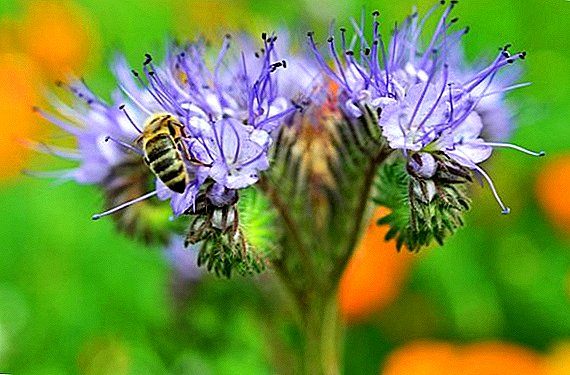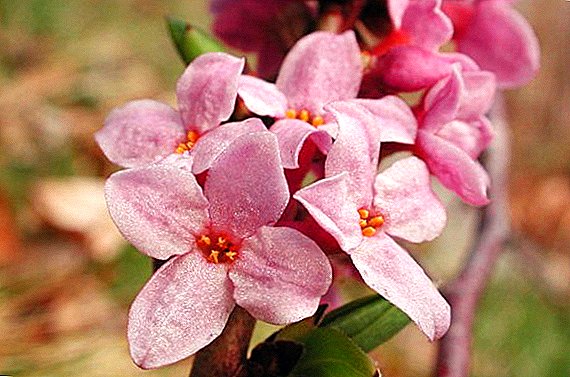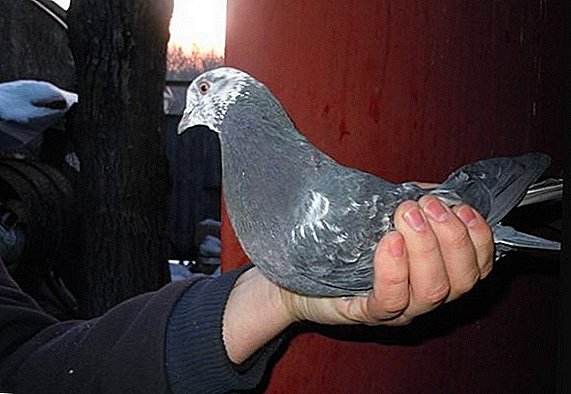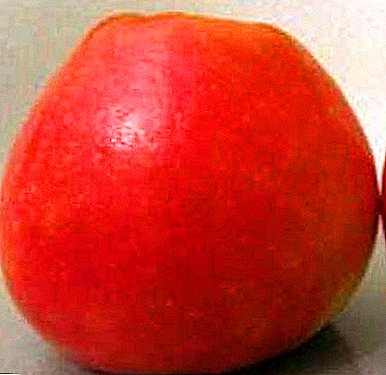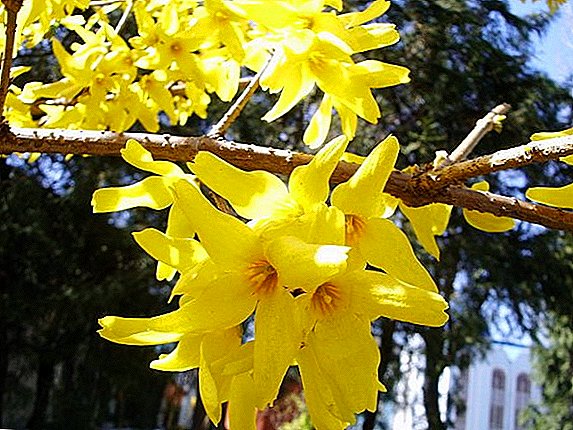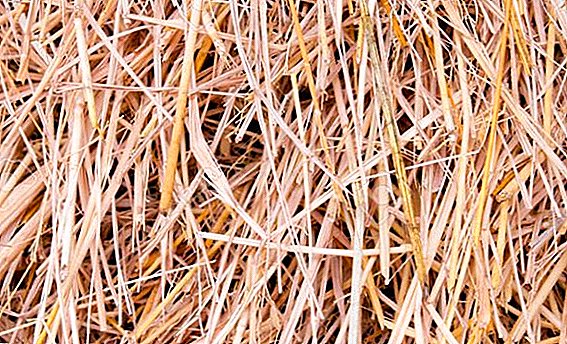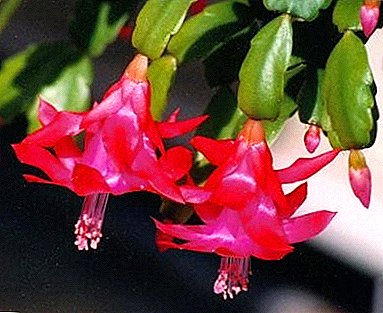
Who said that during the cold season everything should be gray and dull?
Even in the winter frost, it is possible to have a plant with flowers of incredible beauty and a wide variety of shades on the window in the apartment or loggia.
Quite modest in appearance in the warm season, it amazes with its magnificence during the winter cold. Put it on the windowsill, and it will delight you with a gorgeous winter bouquet..
In this article we will talk about the reproduction, maintenance and care at home for the flowers of the Zigokaktus cactus (Dekabrist, Schlumberger) and we will also present their photos.
Its judges create greenhouses in their homes, the contemplation of which can not be abandoned.
This plant is simply created for those who do not want to succumb to the universal blues associated with lack of sunlight and uses all the ways to add to life as much color as possible.
Home care
Zigokaktus is not demanding to care, however, every year to enjoy the beauty of the buds of this wonderful plant, provide him with appropriate care.
Seasonal Care Calendar
The annual cycle of a zigokaktus passes in four stages:
- March - September. Vegetative period.
This stage is characterized by the active growth of a flower, by increasing an increasing number of new segments. At this time, try to ensure good air circulation (by putting it on a blown window sill or on a balcony, for example) and natural penumbra. prone to decay.There are some peculiarities of summer care.:
- maintaining indoors between 20 and 23 ° C;
- additionally requires periodic spraying with water at room temperature;
- Once every two weeks it is necessary to apply nitrogenous or universal fertilizers.
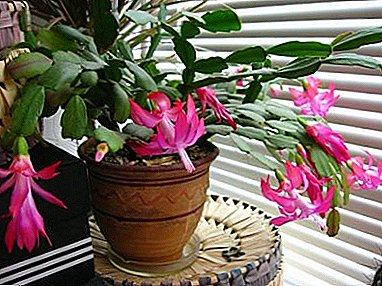 September October. The first period of rest.
September October. The first period of rest.
The most crucial stage, as it is characterized by the budding of flower buds, will depend on the quality of care whether your zigocactus blooms this year. Provide the plant with as much coolness and fresh air as possible, reduce the amount of light and humidity. Slight freezing contributes to the establishment of flower buds.Optimum will be temperature 10-18oC. Short-term reduction up to 3 - 5 ° C also no harm.
Watering frequency should be minimized. Water the plant only when you notice the withering of the leaf segments.
In order to lay as many flower buds as possible, experienced growers resort to a small trick: they water the plant with tea instead of water.
At the end of October, fertilizer for flowering plants will need to be applied.
- November - January. Active bloom.
An ideal place for a zigokaktus at this moment is the window sill of one of the windows of your house or apartment. Optimum temperature condition: 19 - 22 ° C in the afternoon, 15 - 20 ° C at night.For the best formation of buds, the plant requires abundant watering and fertilizing with the content of potassium and phosphorus.
Well help infusion of egg shells (washed wet shell is poured with water and infused for a day) and a solution of calcium nitrate. During this period, do not rotate, move the pot, etc.
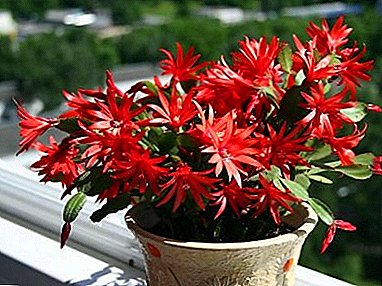 February is the first half of March. Second period of rest.
February is the first half of March. Second period of rest.
At this time, moderate watering is required (as the land dries out). To ensure the formation of a dense branched bush, unscrew the upper leaf segments. Optimum temperature: 11 - 12 ° C. Fertilization is not required.
Bloom
The beginning of the flowering stage falls on the end of November - December, the end - the middle of January - the beginning of February. The natural color of the flowers is red, but the flower growers have brought varieties with different colors: white, yellow, apricot, purple, pink, magenta, raspberry.
Why does not flower bloom Decembrist, what to do?
The reasons for the lack of flowering:
- exceeded day length;
- non-compliance with the norms of light, temperature, depleted soil composition;
- frequent repositioning of the flower on the window;
- rest period;
- too spacious pot.
Methods for solving them:
- From the beginning of autumn, transfer the flower to a shortened one. light day (9 - 10 hours per day). Leave it in the light only for this time, then cover it with a material that does not transmit light, or remove it in a dark place.
- Make complex fertilizers, move the bush to the place where the best combination of temperature and light will be observed. Avoid drafts and direct sunlight.
- Stop turning the pot. In order to avoid the problem of premature dropping of buds, change the position of the flower in relation to the light only after their formation.
- From the beginning of September to the end of October, provide all the necessary conditions for the rest period. Then, transfer to a warmer place.
- the pot should be crampedotherwise the bush will start growing.
Plucking the segments of the stems to improve the shape of the bush after flowering.
In order for Schlumberger to better bloom and bush, it is necessary to carry out formative pruning after the end of the flowering period. To do this, it is necessary to remove from each branch several top leaf segments (one - two).
In no case should you pull out and cut off the deleted segments. You can remove them carefully unscrewing.
Features care after purchase
If at the time of purchase the Decembrist blooms to avoid the flowers dropping off, postpone the transplant until the buds completely fade.
It is not necessary to free the roots from the ground. It is enough to make a drainage and pour the missing amount of soil.
Lighting
Zigokaktus - light-requiring and shade-tolerant. Suitable for growing will be bright diffused light, and even better - partial shade.
Temperature
In summertime, the optimal value of this indicator will be 18 - 20 ° C, in the winter - 12 - 16 ° C.
Air humidity
Required high humidity. With the exception of periods of rest and flowering, you can spray with water at room temperature or arrange a warm shower.
Watering
Harmful as excessive moisture, and drying out the soil. Therefore, the best option is watering as the soil dries. During the flowering season it is necessary to keep the soil in the pot slightly moist.
Soil and soil
Basic requirements for soil for planting:
- ease;
- air permeability;
- moisture permeability;
- acidity indicators of 5.6 - 6 pH.
The optimum is the composition, which includes a ratio of 1: 1:
- peat;
- leaf earth;
- charcoal;
- coarse sand.
Fertilizers
Feeding is carried out from winter to autumn Once every 2 weeks fertilizer for cacti or for species from the family of succulents.
A photo
The photo below shows the photos of the Decembrist:




Transplant Schlumberger
When to?
 The first time Christmas tree transplant is carried out immediately after purchase. Transport soil in which plants live in stores, is not suitable for the full growth and development of plants. If your zygocactus has already faded after you brought it home, transplant it into suitable nutrient soil.
The first time Christmas tree transplant is carried out immediately after purchase. Transport soil in which plants live in stores, is not suitable for the full growth and development of plants. If your zygocactus has already faded after you brought it home, transplant it into suitable nutrient soil.
Further Decembrist will need to be transplanted as it grows. Young plants in the first three or four years of life are transplanted once a year, and later, once every 2-3 years.
The fact that it is time to repot the flower will prompt the roots, looking out of the drainage holes in the pot. This is an indicator that the Decembrist has fully mastered the available space, and it can be placed in a pot of a slightly larger diameter.
Sometimes it may be necessary to have an emergency medical transplant. This procedure is carried out in the event that the plant is sick, and it is impossible to save it completely. In this case, all affected areas are separated from the flower and the remaining healthy part is transplanted into fresh soil.
It is highly undesirable to repot the Christmas tree during the period of flowering and preparation for it. Any changes during this period are the strongest stress for the plant, which can lead to dropping the buds.
Choosing the right time
The best time for transplanting is spring, immediately after completion of flowering. The abundance of flowers greatly depletes the supply of nutrients in the soil, and updating it will have to be the way. Another plus of the spring transplant is a long period of favorable conditions after the procedure, during which the zygocactus will recover and be able to successfully settle down in a new place.
Training
 Pot. A pot prepared for transplant should be several centimeters larger than the previous one. Do not plant Decembrist in a very large capacity - the flower will grow the root system to master the soil, and is unlikely to bloom. A prerequisite - the presence of drainage holes, with the stagnation of water, the Decembrist quickly begins to hurt, waterlogging of the soil can lead to the death of the plant.
Pot. A pot prepared for transplant should be several centimeters larger than the previous one. Do not plant Decembrist in a very large capacity - the flower will grow the root system to master the soil, and is unlikely to bloom. A prerequisite - the presence of drainage holes, with the stagnation of water, the Decembrist quickly begins to hurt, waterlogging of the soil can lead to the death of the plant.
Priming. Rozhdestvensky quite picky about the soil. An ideal primer for it should meet the following requirements:
- The friable substrate which is well passing water.
- The soil should not be sour.
- Must be rich in nutrients.
It is possible to prepare such a soil on your own, the best mix for a Decembrist:
- Earth - 4 parts.
- Humus-1 part.
- Sod land - 1 part.
- Peat and sand - 2 parts.
- Charcoal or ash - 10%.
- Crushed brick - 10%.
You can also buy in the store ready soil for cacti and add to it sand at the rate of 1: 3.
Plant. Schmooberger must be carefully examined for transplantation. To do this, the root system of the flower is washed under warm running water and dried.
The detected affected areas of the root system and green mass must be carefully removed with a sterile knife and carefully powdered cuts with crushed activated charcoal.
Step-by-step instruction
Most often, a planned Decembrist transplant goes like this:
- The prepared soil is disinfected. To do this, for half an hour it is kept in the oven at a temperature of 70-90 degrees.
- Drainage is also disinfected, for this clay is placed in a solution of potassium permanganate for 15-20 minutes.
- The 1/3 prepared pot is filled with drainage and a thin layer of new soil is poured on top.
- Take out the Decembrist from the old pot. To do this, the land around the edges is a little loosened, and, holding the base of the flower, turn over, carefully removing it.
- Extra roots are removed from the roots.
- The roots of the Decembrist inspect, and if necessary, remove rotted shoots.
- Then put the flower in a new pot, and holding it in the center of the tank on the weight, fill the remaining space with fresh soil.
- After the whole pot is filled, compact the top layer of the substrate and put it in a permanent place.
ATTENTION! Remove only the part of the soil that is removed without effort. Otherwise, you may damage the root system.
Care after transplantation also has some features:
- No need to water the flower in the next 2 weeks after transplanting - it hurts the plant. Limit hydration with frequent and heavy sprays.
- The optimal temperature for the transplanted Christmas tree is 13-15 degrees.
- It is also undesirable to feed zygocactus during this period.
- 3-4 weeks after the transplant, pinch the shoots - this will allow the plant to lay new branches.
Diseases and pests
 Diseases of the plant and flower of the zygocactus are given in the diagram reason, manifestation and what to do, there is also a photo.
Diseases of the plant and flower of the zygocactus are given in the diagram reason, manifestation and what to do, there is also a photo.
The reason for the defeat of the plant:
- spider mite, mealybug;
- shield;
- fungal diseases (fusarium, fitum, phytophthora);
- bacterial lesion.
External manifestations of disease:
- segments or buds fall off, rusty patina on leaves and stalk;
- brown spots on the leaves;
- leaves wither and fall, spots appear on them;
- first, the stem rots, and then the bush itself.
Method of elimination of diseases and illnesses:
- you must make special insecticidal drugs;
- remove the infected parts of the stemsor root healthy cuttings to grow a new succulent.
As you can see, the Decembrist care is not demanding, but if you follow all these recommendations, it will be possible to grow and care for a home flower, which in cold conditions is necessary will thank you with a magnificent lush bouquet.


 September October. The first period of rest.
September October. The first period of rest. February is the first half of March. Second period of rest.
February is the first half of March. Second period of rest.